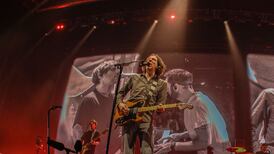Buffalo charge straight into a storm because they know that they cannot outrun it, and that is precisely how I galloped headlong into Achill Painters, sure and certain in the knowledge that the topic was well above my pay grade.
The cold hand of fear clenched my throat when I sat down to write the first lines of it because I am not an historian, an art expert nor an islander, but my determination to write the book about my soul-place – that I could never find on any shelf – outweighed the trembling terror by a hair’s breadth.
I had been marinating the project for a decade and we have been traipsing to Achill for more than 30 years, so the possibility of fashioning such a book had been circling in my air-space for a long time. I ignored it for as long as I could but was eventually prodded into take-off in July 2017 when too many historical serendipities and coincidences swept the chocks away.
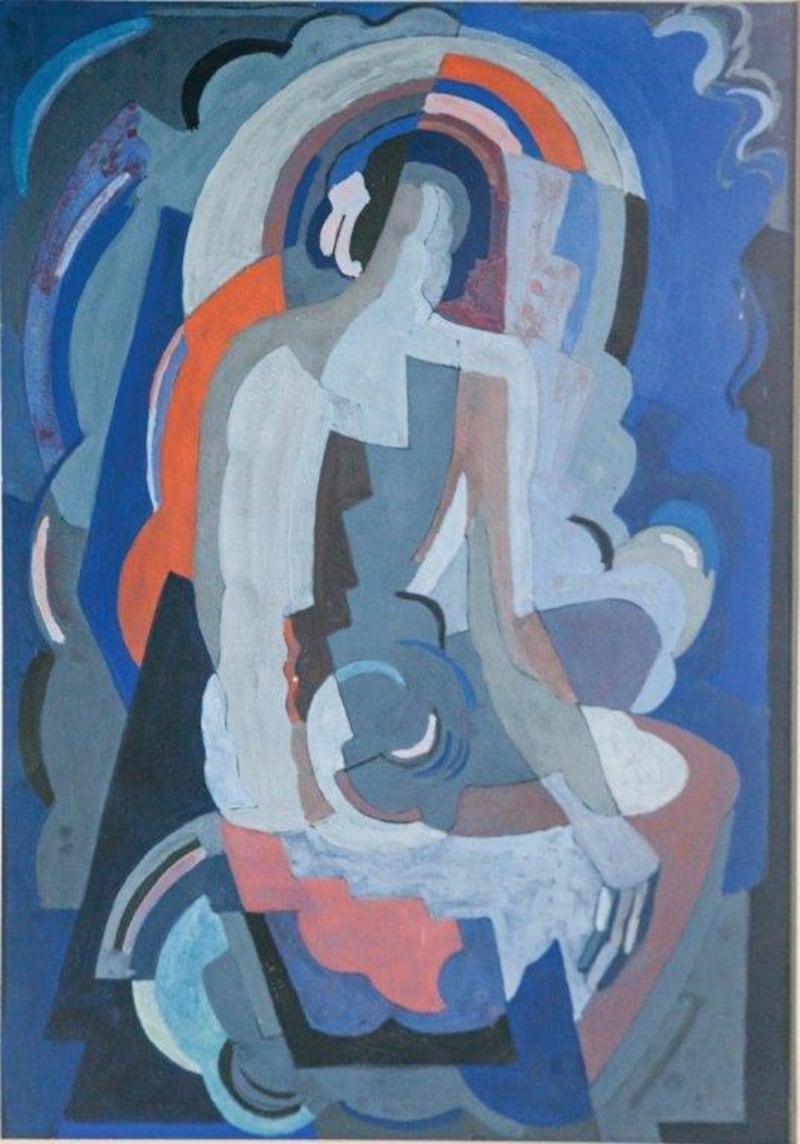
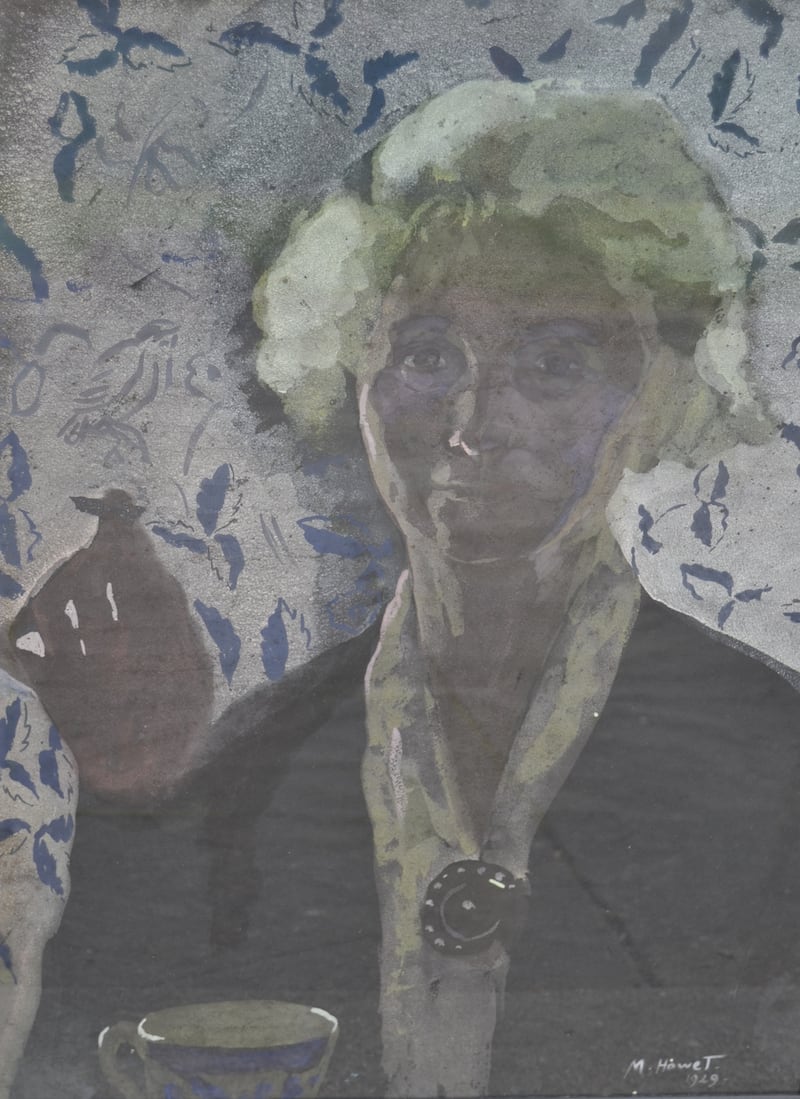
A century after Paul Henry left Achill in 1919, this book is unique in that it is the first time that anyone has attempted to collate the names and stories of so many artists who have painted there, beginning with William Evans in the 1830s, the painting master in Eton school. With almost 300 pages of lavish colour, it is a potted history of Achill too.
Called “a treasure-chest” by Achill-born author, John F Deane, who launched it outdoors in front of a crowd socially-distanced by both a global plague and spitting Atlantic rain, the book was written entirely in the place that Percy French (an Achill painter himself ) called “the island of my dreams”.
I am from Menlough in Galway, we live in Caherlistrane, this is my fourth book, and Achill has been my hideaway for over three decades. Every line of this book was written in Dooagh, near the former home of Eva O’Flaherty (1874-1963), the intrepid island entrepeuneur, salon hostess, milliner, Parisienne hat model, nationalist, patron of the arts and literary supporter. She knew painter Paul Henry there for decades (he was an O’Flaherty “kinsman” and did a portrait of her half-brother, Arthur O’Gorman Lalor, in 1916) and also in Paris in the late 1890s, and knew too the Belgian expressionist, Marie Howet, whose half-century connection with the island is explored here for the first time. Those, plus Sarah Purser, Patricia Lynch, Estella Solomons, Grace Henry, Marjorie Organ as well, perhaps (Robert Henri’s artistic second wife), plus Derek Hill and Graham Greene et al.
The grit-filled fuel needed to drag this book over the finish line during a villainous pandemic was provided by a churning concoction of personal grief, sadness, loss and regret for roads taken and not taken. It finally trip-wired me onto my face two years after my mother’s death from lung cancer in our home, and that big fat hot mess poured out via a daily Niagara of misery as I gorged nightly on writerly podcasts, for reprieve.
That bleary-eyed viewing involved soaking up details of hastily arranged social media book launches by house-bound heavy-hitters such as Sue Monk Kidd, Elizabeth Gilbert and Glennon Doyle, as my own physical launch dates collapsed – four times in a row – like exhausted dominos. The dizzy-making effort needed to grind it out at the end, plodding through 14 rewrites as the country went into full lockdown in mid-March, finally cleansed the emotional palate.
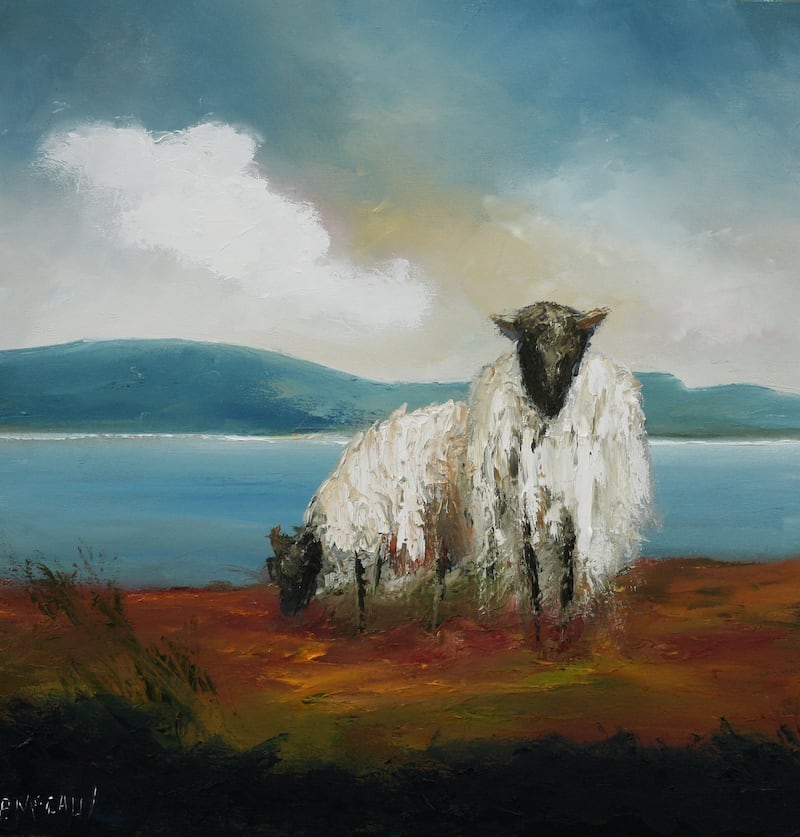
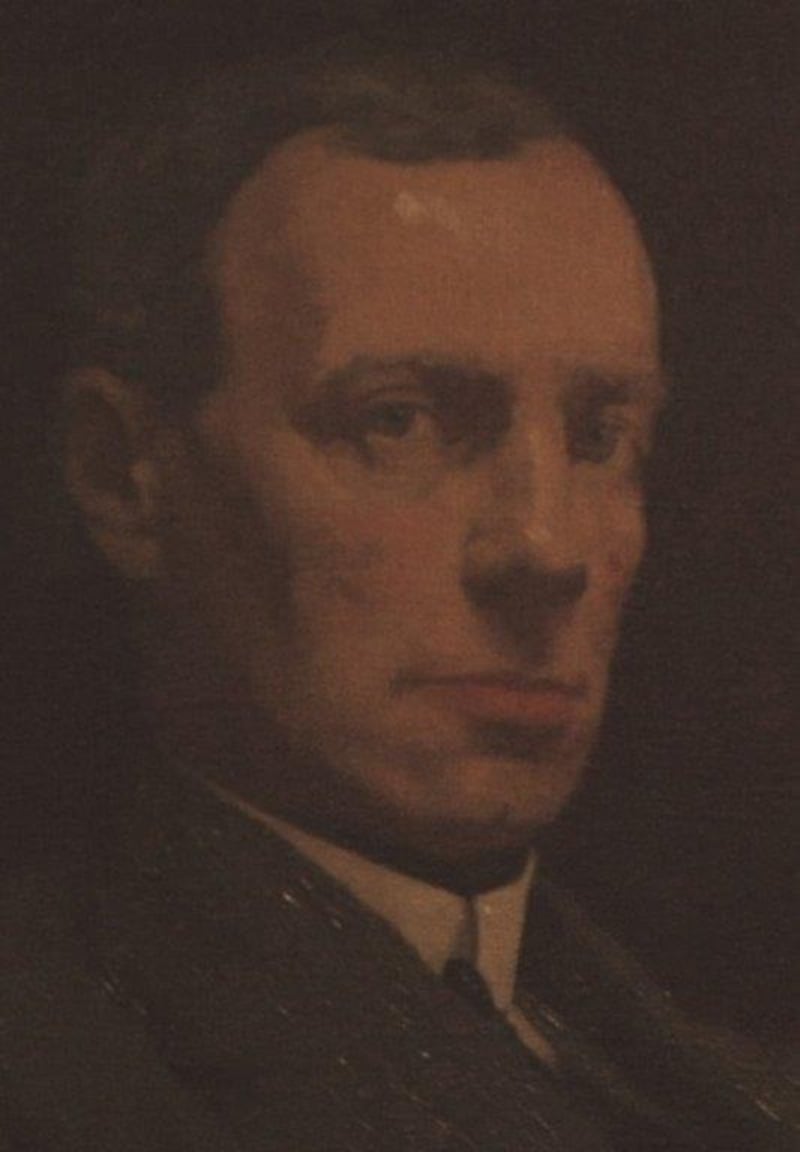
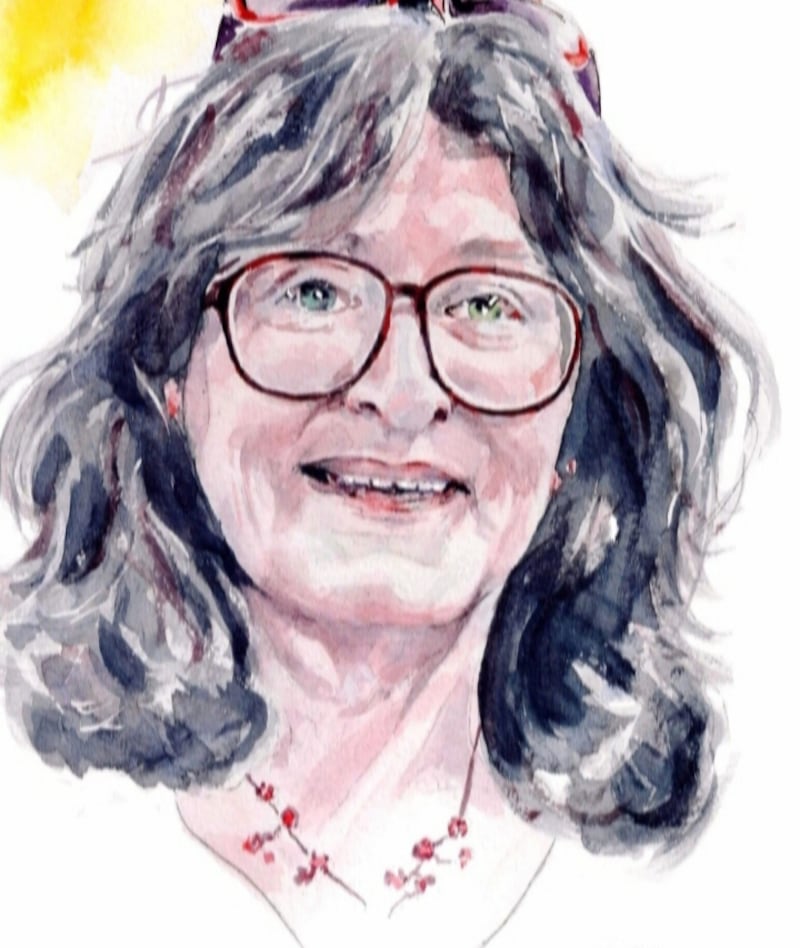
Deane, founder of Poetry Ireland, has called the book a “cornucopia, a treasure trove, an aide-memoire”, and those generous words of affirmation caused my soul to do the hokey-cokey with delight. “This book,” he continued, “is so very full of details that bring back memories to me, so many of the things that I didn’t know that I had already known. In Mary J’s book she captures all of it, in great detail. It is a book that I will treasure, and it will be around for a very long time.”
I did mental contortions trying to knit and weave this bulging compilation into a seamless blend of both art and island history, and to shine a light on Marie Howet in particular. Well known in her native land and across Europe, she knew GB Shaw, was praised by Matisse, and was admired by Derek Hill, Padraic Colum and Nano Reid. A friend of Eva O’Flaherty, she arrived on Achill in 1929 and returned many times over a 53-year period. My book provides, for the first time, an in-depth examination of Howet’s 1934 masterpiece, A La Source D’Ara, which brims with stunning aquarelles of the island.
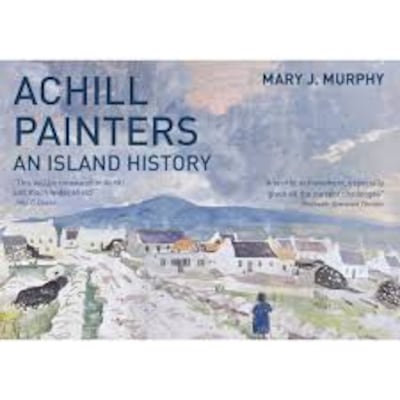
Achill Painters has, I pray, an expansive appeal for both the general art-curious reader and for anyone who has ever been stricken by Achill’s inexplicable, hypnotic magneticism. Gerald Dawe, in an Irish Times ( December 17th, 2019) piece about “the west”, suggested that it is the solitude of Achill that appeals most to creatives. Upon giving the matter some consideration, I believe myself that islands are beloved by writers, painters and poets because they are the ultimate places to run away from everything – most especially from ourselves.
Achill Painters: An Island History (Knockma Publishing 2020) is available online from both Kennys and Charlie Byrne's book shops in Galway, as well as online from the Achill Heritage Centre and Achill Tourism on the island.








